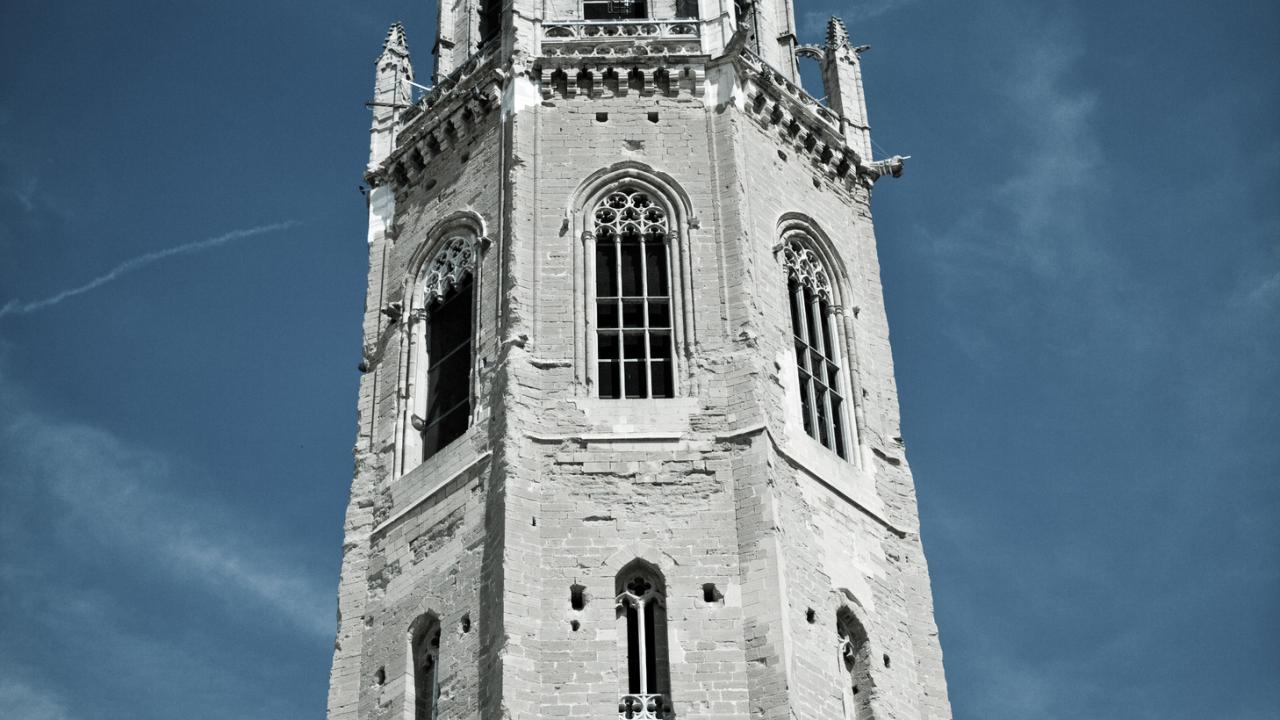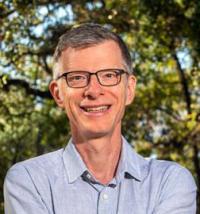
Aggie Square and the ‘Death of the Ivory Tower’
How are innovation districts like Aggie Square responding to our turbulent present moment and what are they contributing to the future of the cities where they are built? Those questions drove discussion at this October’s Association of University Research Parks (AURP) conference, which I attended in Salt Lake City.
I brought a new book with me to read on the trip: Davarian Baldwin’s In the Shadow of the Ivory Tower. This is a highly critical account of university building projects and their impacts on local communities. I thought the book would offer an interesting counterpoint to the conference, which I presumed would be far less skeptical about university real estate development. It turns out there was more common ground than I expected between the research park developers and one of their sternest critics.
I shouldn’t overstate things: Baldwin and the AURP conference-goers disagree about many things, including the value of supporting faculty who engage in commercializable research, which is a staple feature of innovation campuses.

That said, I discovered that they have a shared interest in greater community involvement when it comes to innovation campuses like Aggie Square. I attended two AURP conference sessions explicitly devoted to this topic, and there was much talk in the hallways about stakeholder engagement and about how universities can help address problems in the neighborhoods around them.
Universities are not city governments. But they increasingly are being called upon to acknowledge their impact on the cities where they are located and to consider the implications of what happens on campus for those who live near it. When they ignore such expectations, universities behave like ivory towers. They act as if they can put up a wall and declare their total separation from the world around them.
In the Shadow of the Ivory Tower explains what happens when universities conduct themselves this way. Baldwin visits Chicago, New Haven, New York, and other cities where universities have built fortress-like quads, limited public access to parks and lobbies, and in other ways made it clear that they would like their neighbors to keep out. Such actions not only represent a denial of what Baldwin calls the “entangled relationship between higher education and urban life” but also, he argues, an abdication of the obligation for universities to act in the public interest.
As I hope you are aware, UC Davis is collaborating with the city of Sacramento to make sure Aggie Square’s public benefit is clear and undeniable. UC Davis is not the city government, but it can partner with one, and that’s what we’ve done to create a Community Benefits Partnership Agreement that will funnel tax revenues to affordable housing and do more good besides. We realize that the university has not always been the best neighbor in Sacramento, and Aggie Square is providing the opportunity to be a better one.
The Salt Lake conference allowed me to put our local experience in a larger context and to learn more about how other universities were dealing with challenges akin to ours.
One of the most fascinating panels I attended involved a Georgia Tech project in the English Avenue neighborhood on the west side of Atlanta. The project, called Technology Enterprise Park, has aims that are in some ways comparable to Aggie Square’s to satisfy unmet need for lab space and to support translational research in engineering, technology, and the life sciences. The project also has a strong workforce development component, which is something else it shares with Aggie Square.
The big difference between the Georgia Tech project and Aggie Square is its location. The Georgia Tech project is literally across the street from a plot of land that once held a 500-unit public housing complex. After a decade of neglect, new affordable housing is being built on the site.
Leadership from Georgia Tech and from the affordable housing developer working next door were both there on the conference panel. These two had a lot of interesting things to say about how they were trying to generate an ecosystem where people living in affordable housing next to an innovation campus could receive workforce training if they needed it, which would then allow them to secure good jobs at the university.
Chris Burke, executive director of community development for Georgia Tech, explained that creating this kind of ecosystem is the best answer to a persistent question he gets from community members looking at new university buildings going up. They ask, “Who is this for?” And he is able to answer, “All of us.”
Be realistic in what you promise to the community, was the advice of Amon Martin, vice president for the affordable housing developer selected by Atlanta to build across the street from Georgia Tech’s innovation buildings. Communities have planning fatigue, he suggested, and have heard lots of visionary proposals that have not come to fruition.
This is good advice. As we ask what Aggie Square can do with the city of Sacramento, we need to be sure we can deliver. We have one big advantage: because Aggie Square has a private development partner who is constructing the buildings, the campus will generate tax revenues that can be plowed back into local infrastructure. This public/private partnership gives us more tools to respond to community needs than we would have if we were building on our own--in which case the project could be tax-exempt. This may sound like a technical point, but it’s important. One of Baldwin’s criticisms in his book is that because universities have tax-exempt status, they don’t pay as much to support urban infrastructure as they might. Aggie Square will not have that issue.
Baldwin’s most compelling example of a university that does pull its weight is the University of Winnipeg, which has found a host of imaginative ways to draw on local businesses as suppliers for university activities, to collaborate with developers on mixed use housing, and to construct buildings that are LEED certified green structures. U of Winnipeg is farther along than UC Davis in its urban development and its location in Canada makes different things possible. But we clearly share goals of working to ensure our universities contribute to a better urban future. We’ve been saying that Aggie Square is the means for UC Davis to build the land grant university of the 21st century in the urban environment of Sacramento. Baldwin has an even more concise label for this sort of effort. He calls it the “death of the ivory tower.”
